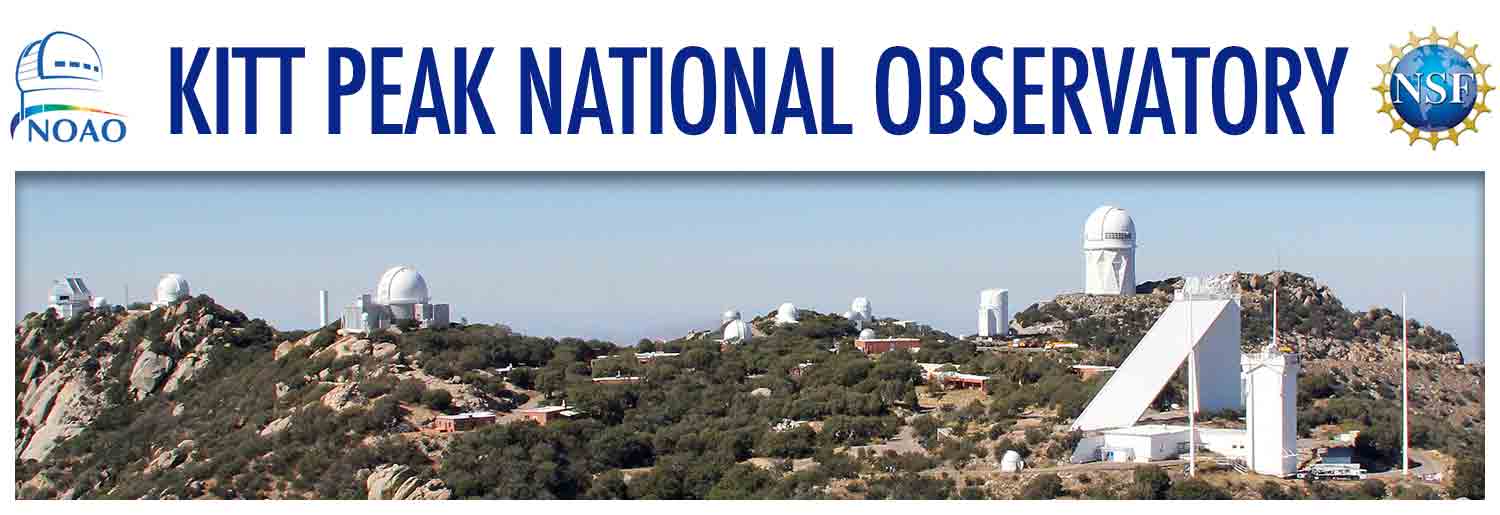Image Credit: P. Marenfeld & NOAO/AURA/NSF
WIYN-win for Kitt Peak
NSF & NASA team up to explore exoplanets
Which stars harbor what kind of planets? The NEID spectrograph, destined for Kitt Peak, will soon study planets discovered by the NASA missions Kepler and TESS. Designed for extreme radial velocity precision and funded by NASA, NEID will arrive at the WIYN telescope later this year. TESS, the Transiting Exoplanet Survey Satellite, was launched in April and will become fully operational this month.
Read more in this article from the Planetary Society
Kitt Peak National Observatory (KPNO), part of the National
Optical Astronomy Observatory (NOAO), supports the most diverse
collection of astronomical observatories on Earth for nighttime
optical and infrared astronomy and daytime study of the Sun. Sharing the
mountaintop site
with the National Solar Observatory, KPNO, founded in 1958, operates
three major nighttime telescopes and hosts the facilities of consortia
which operate 22 optical telescopes and two radio telescopes.
(See the Tenant Observatories list.)
Kitt Peak is located 56 miles southwest of Tucson, AZ, in the Schuk Toak
District on the Tohono O'odham Nation and has a Visitor Center open daily
to the public.
If you need to contact someone at NOAO but are uncertain of that person's email
address, simply send email to "first_inital_last_name_at_noirlab.edu", i.e.,
bsmith_at_noirlab.edu or jdoe_at_noirlab.edu. A general
purpose email account has been set up to answer any questions you have about
observing at Kitt Peak and don't know who to ask. Any and all questions you have can be e-mailed to this address: kpno_at_noirlab.edu and it will be forwarded to the appropriate person.



